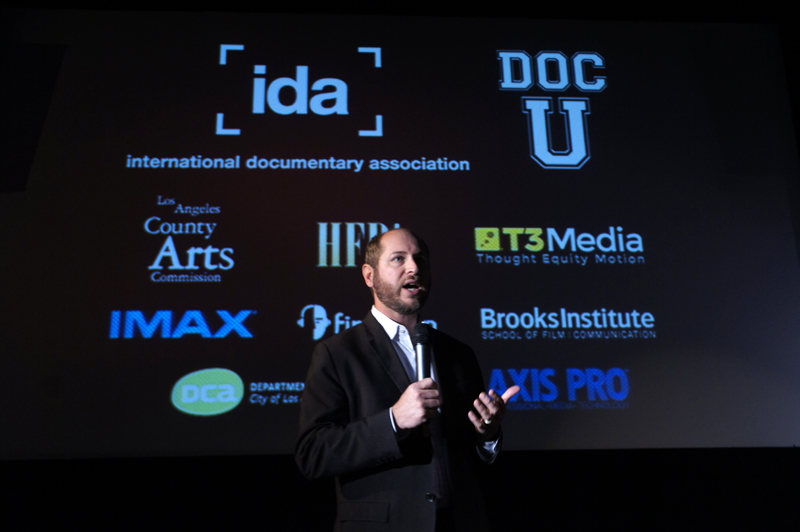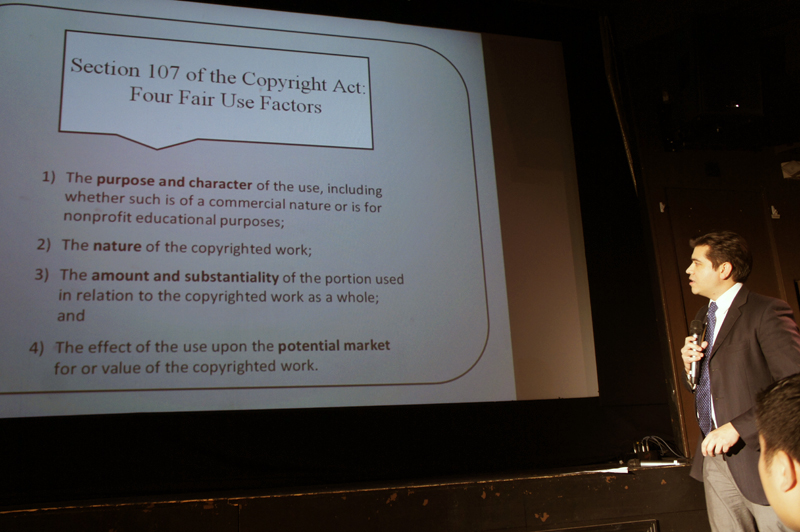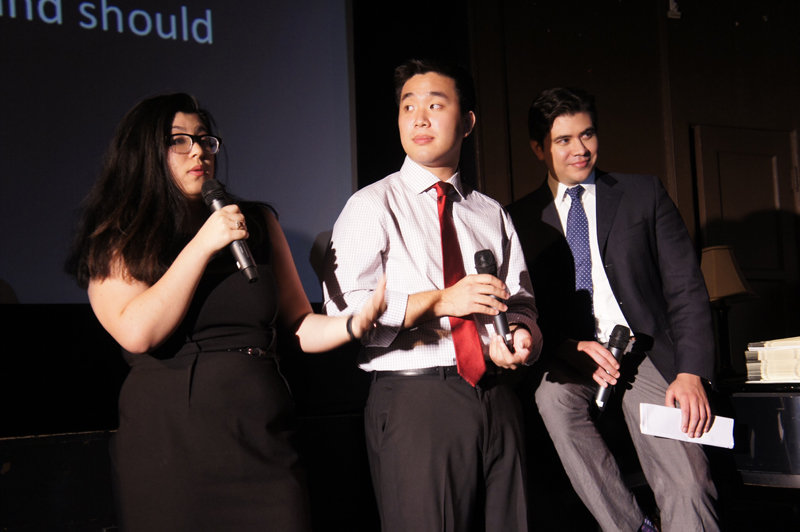As part of our ongoing Doc U educational series, we brought together the best fair use lawyers and researchers to help you understand what the DMCA exemption means for your non-fiction film.

Fair use is a concept that was created by the courts over 150 years ago. Courts recognized that it simply was not fair to say that every copying of a copyrighted work was a violation of the law. Some copying was necessary to promote the very creativity that the copyright law was designed to promote and protect. Documentary filmmakers have the right to use copyrighted material without payment or permission for certain socially valuable purposes such as criticism, commentary, for the purposes of reporting or in the classroom. If you are a documentary filmmaker who is exercising this right responsibly, then you are making “fair use” of the material and working within the parameters of the existing law.
We have always had this right to source footage from non-digital means. But what if the footage you want to use is on a DVD? According to the 1998 Digital Millennium Copyright Act (DMCA), it is against the law to break the encryption built into the disc, and therefore illegal to rip that footage. In recent years, this law has been increasingly problematic for filmmakers who wish to make fair use of materials on digital media.
That's why in 2008, Professor Jack Lerner and the USC Gould School of Law's Intellectual Property and Technology Law Clinic (USC IPTLC), together with Michael C.Donaldson of Donaldson + Callif LLP, filed a request with the US Copyright Office seeking an exemption to the DMCA on behalf of all documentary filmmakers. This exemption, which was granted in 2010 and renewed in 2012, allows documentary filmmakers to rip materials from DVDs and online media for purposes of criticism and commentary in their films. This was a great victory for the non-fiction film community and creators everywhere who wish to talk about culture or society. But the exemption is dauntingly complex. How can we be clear what the DMCA still prohibits us from doing, and what the steps are needed to document your access to footage?
On Monday, April 22, IDA offered a panel seminar and discussion Doc U: Access Granted—A Guide to Fair Use and the DMCA for Doc Filmmakers, moderated by IDA Board member and USC Law Professor Jack Lerner. This seminar was aimed at helping guide documentary filmmakers toward the steps needed to ensure they are properly applying fair use. He was joined by Dean Cheley, Associate at the law firm of Donaldson + Callif, and USC IPTLC participants Garrett Lee and Katharine Trendacosta. Together, the four panelists walked attendees step-by-step through how to find the safe harbor for fair use, and the seven steps you should follow to determine whether you can rip from a DVD or online source.

Dean Cheley presented us with a few fairly simple questions you can ask yourself to determine whether you can rely on fair use when using copyrighted material in your film. If you can honestly answer the following three questions with an objective "yes," your use will comfortably fall under fair use:
1) Does the item illustrate or support a point that the filmmaker is trying to make in the documentary?
Verbatim copying doesn’t work without commentary. Take the example of the film Room 237, which showcases commentary running through the entire film over fair use clips from Kubrick’s canon. The footage used is contextualized by what is being discussed on the audio track and is used to illustrate specific points that the filmmaker is making in the documentary. Without that critical footage, this film would be series of talking heads, wouldn't have the same emotional or dramatic impact, and the filmmakers would not be able to properly explain what they or the subjects of the film were trying to say. The filmmaker needed to rely on fair use to create a more robust and informative film.
2) Does the filmmaker use only as much of the item as is reasonably appropriate to illustrate or support the point being made?
Back to Room 237. Even though director Rodney Ascher used around 30 minutes of footage from The Shining -- an amount that would have been staggering in many other contexts, accounting for almost one-fourth of the runtime of the Kubrick’s movie—everything on screen is reasonably appropriate to support or illustrate points that the interview subjects were positing. The footage is shown at regular speed, sped up, slowed down, played backwards, and superimposed, all in service of the points that the interview subjects are saying.
3) Is the connection between the item you are using and the point you are making obvious to the average viewer?
Often filmmakers can create a work with a specific idea in mind but it is not clear to third parties, at least not upon first exposure to the film. Try not to make the connection between the point you are trying to make and the fair use material too esoteric. Usually the problem can be solved by better contextualization. You want your footage to directly correlate with the points being made not only for clarity, but also so that your use falls more safely within the parameters of fair use.

Following Cheley’s presentation, Garrett Lee and Katharine Trendacosta of the USC IPTLC fleshed out their guide to utilizing the DMCA exemption. In other words, if you are all set on fair use but can’t access the footage because it’s behind encryption, can you make use of the documentary filmmakers’ exemption to the DMCA? Lee and Trendacosta recommended that filmmakers adhere to the following seven-step process in order to be sure that they are using the exemption properly:
1) Am I using the clip in a documentary film?
2) Is the clip from a motion picture (i.e., a moving image)?
3) Is the clip from a DVD or online source?
4) Am I using the clip for the purpose or commentary or criticism?
5) Am I only using a short portion?
6) Are there reasonable alternatives to ripping?
7) Do the alternatives that I found reasonable produce the quality I need to make my commentary or criticism?
If the footage you want to use meets all of the criteria listed above, and your use of it constitutes fair use, then congratulations! You have made fair use and can include your desired clip in your project.
The panel ended with questions from the audience. The full program can be viewed shortly on our Doc U Online homepage (available to members only).
For more on how to make fair use and other details about the DMCA, please refer to Michael Donaldson’s Clearance and Copyright: Everything the Independent Filmmaker Needs to Know.
In addition, you can download the free brochure The Documentary Filmmaker’s Statement of Best Practices in Fair Use (pdf).
Do you have a story about your experience making fair use under the current DMCA exemption? Have you had trouble obtaining material from DVDs, Blu-Ray, or other encrypted media? Have you had difficulties—or successes—utilizing the DMCA exemption? Document your experience and share it with the people who help ensure your continued protection under this law. Email your stories to DMCAstories@law.usc.edu.